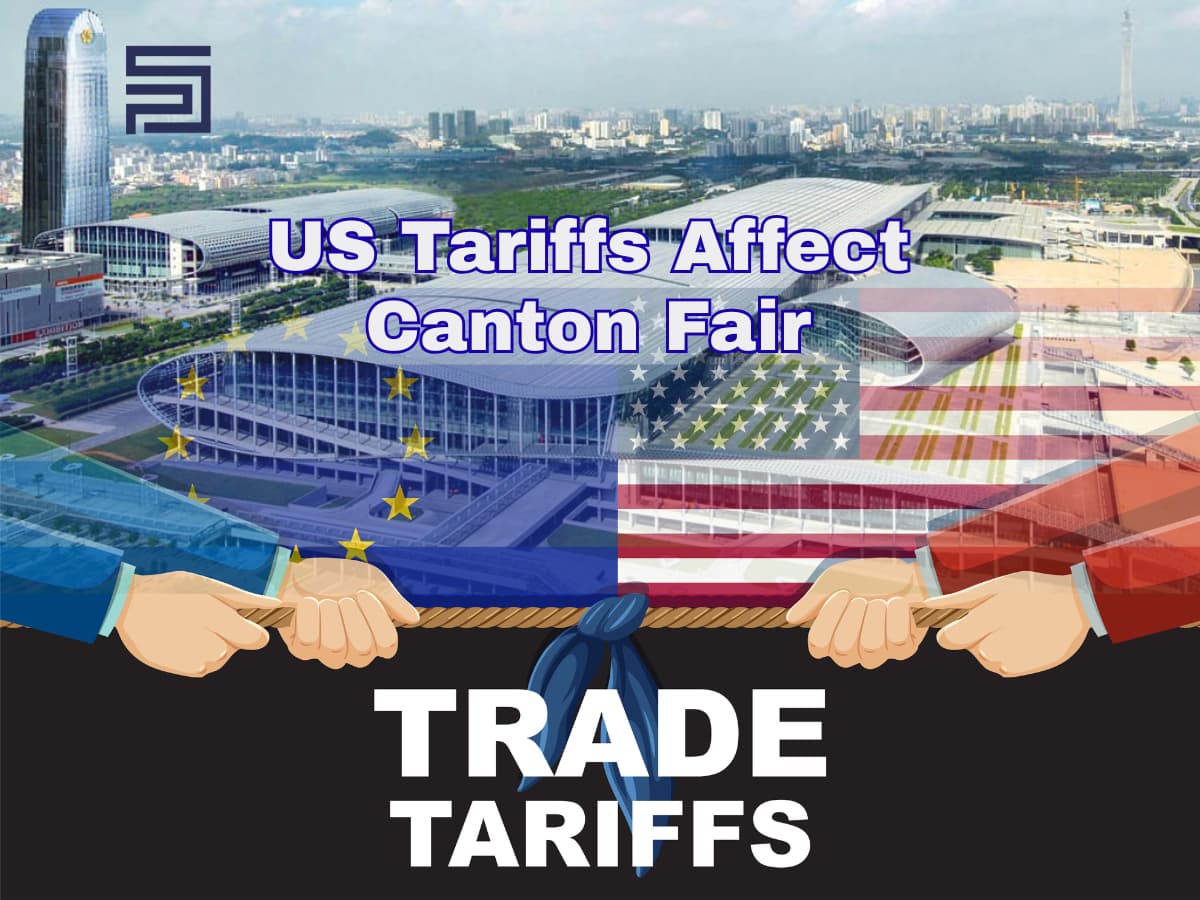Most people associate negotiations solely with trade and business transactions; however, negotiation cuts across every aspect of human existence. Negotiation is crucial in procurement, and any procurement officer who wants to be successful and not run into a loss must possess strong negotiation skills.
In some cases, all parties in a negotiation get 100% of what they set out to achieve, while in some cases, only one party gets what they want, while the other person does not or runs into a loss. Also, there is a third outcome where all parties reach a compromise and meet each other halfway.
Negotiation Defined
Negotiation is a conversation between two or more parties aimed at reaching an agreement. It is a means of getting what you want from others. In a procurement context, negotiation is a process of agreeing on the conditions of a contract through discussions between the buyer and the seller. It is a bargaining process between two or more parties with different viewpoints.
In many cases, procurement negotiations do not work out successfully because those involved do not consider the interests of everybody involved, but only think about themselves.
To avoid being at a loss, following specific negotiation strategies gives you an upper hand over others. Here's a guide to effectively negotiating when you're in the room.
1. Adequate planning:
Before the negotiation process starts, this must be done. It is essential, before going into any negotiation, to plan and prepare.
Do some proper research and find out all the information needed.
2. Sell the benefits:
It is always important to sell the benefits the supplier is bound to get from you if he partners with you. In situations where the supplier is reluctant to agree with you, this technique will remind them that they also have a lot to gain from the partnership.
3. Solve a problem:
Here, research will be needed. It would help if you found out what the supplier's needs are. For example, if the product you want has been in the warehouse for a while and the manufacturer needs to get it out before it expires, you can leverage this to hit a good deal with the supplier.
If you know little about the supplier's business, you may be aware of their problems. You can position doing business with you to solve their problems entirely or partially.
4. Use of logic and available data:
In some cases, available data or logic can persuade a supplier. Here, research and adequate information about similar products from other brands will be handy.
Having compared the price and quality of the supplier with the price of other competitors, this can be presented to the supplier; that way, he will know that he stands the risk of losing you to their competitor, which can compel them to agree to your offer.
5. Use of emotion:
In some cases, it can be beneficial to appeal to the emotions of the supplier. Most people have sensitivity to people's problems. Few people like to see others in pain.
By presenting the supplier's position as one that causes you pain or your position as the one that will help alleviate the pain of people, you can leverage their natural sympathetic tendencies and earn concessions.
6. Compromise:
This strategy should be used when two parties are far apart in their positions, and one is willing to back off from their position in exchange for the other party backing off.
Compromising can also be related to multiple issues where a buyer will back off their position on one issue, and the supplier will support their position on a different issue.
This strategy is useful when creating healthy and long-lasting relationships built on solid foundations is needed. Here, the ins and outs of the negotiation are addressed in total, one after the other.
7. Working with a mediator:
Procurement departments may take the role of mediator during positive negotiations. Third-party logistics partners can also play this role.
Here, someone who is experienced in that field of procurement or knows all the ins and outs involved can be put in a position to handle the negotiation process for an organisation, with the belief that the person will achieve a better result.
8. Iron fist in velvet glove:
During the bargaining process, it is necessary to be a bit firmer and more forceful, not to be taken for granted. While some people may argue over this, this approach is compatible with moral ideals, as being firm does not necessarily mean being aggressive.
When the negotiation begins, buyers can outline how far they want to go. Here, transparency and honesty take precedence, and conversations are held with mutual respect.
9. Use of threats:
There may be better tactics than this, but procurement officers sometimes use them. Sometimes, when the buyer has significant leverage over the supplier, they can use threats.
It makes a negotiation adversarial and may harm the relationship with the supplier, and this relationship may be needed in the future. However, if you threaten and the supplier calls your bluff, you suddenly lose respect and leverage.
10. Never celebrate in front of the supplier:
When you have achieved your desired outcome in any deal, never celebrate in front of your supplier; instead, give the impression that you would have appreciated a bit more discount or other benefits. This could make the supplier promise a better discount or benefits in future transactions.
Negotiation is the art of letting the other person do things your way while feeling that you are doing things his way. At the end of every successful negotiation, it is essential for every party involved to feel satisfied and not ripped off, as that is necessary for successful future transactions.
Still, trying to figure out how to negotiate with your supplier? Let SARA PROCUREMENT SERVICES LIMITED become your trusted partner. We are skilled in the art of negotiation, product sourcing and supplier performance management.






Comments
Please log in to leave a comment.